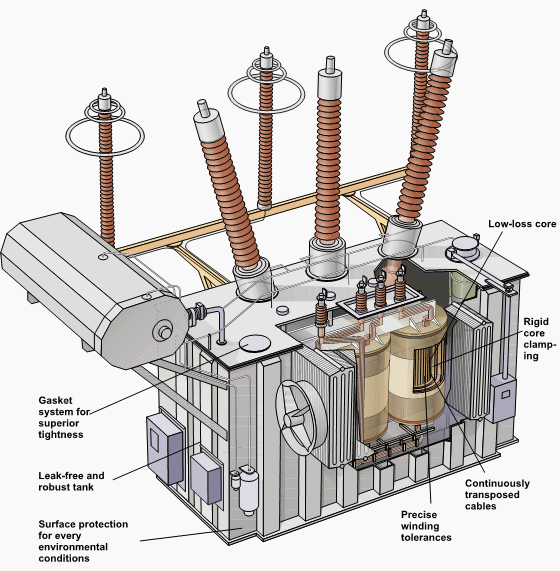Master eight tips for insulation resistance testing

01. Choose the correct test lead
During testing, a crucial instrument employed is the high-voltage insulation resistance tester. The manufacturer provides a dedicated test lead kit, ensuring users can safely and conveniently utilize the equipment. This lead kit is tailored to your planned test voltage and the specific object under examination. Secure connections are vital; any inadvertent disconnection of test leads can expose the test object to hazardous high voltages. Never use test leads displaying signs of damage, and refrain from attempting to repair worn or damaged leads, as replacing them is the only safe solution.
02. Choose the best test voltage
Upon receiving the high-voltage insulation resistance tester, testing can be conducted at voltages up to 15 kV. Testing at higher voltages can provide more valuable information about the insulation condition of the test object. However, using excessively high voltages may cause severe damage to specific test objects. Always refer to the supplier data of the object being tested and follow the included testing guidelines. If unavailable, seek assistance from the manufacturer of the insulation resistance tester.
03.Choose the right test
Sometimes, obtaining the desired data from a single insulation resistance measurement is sufficient. However, with modern high-voltage insulation resistance testers, you gain unexpected functionalities. In general, these testers provide valuable assistance for tests such as Dielectric Absorption Ratio (DAR), Step Voltage (SV), Ramp Testing, Polarization Index (PI), and Dielectric Displacement (DD). Detailed information about the operation and principles of these tests can be found in the instrument's user manual. While some advanced tests may require more time to execute, the insulation resistance tester can reliably provide you with information about the insulation condition.
04. Make sure you know what's included in the test
Before conducting insulation resistance testing, it is essential to perform a detailed inspection and installation of the equipment. This inspection is crucial throughout the testing process as it affects the connection status of the test object and the circuit. Another consideration is that readings may decrease
with an increase in test equipment. In such cases, connected devices may mask the actual insulation resistance of the test object.
05. Use instruments with high test ranges
If you encounter the phenomenon where the insulation resistance tester displays 1 TΩ as infinite, you won't be able to determine if the insulation resistance of the test object has decreased from 30 TΩ to 2 TΩ since the last test. The latest result may still be within an acceptable range for the test object, but such a significant drop in resistance values is often a valuable early warning sign indicating a potential issue. Instruments with a larger measurement range will alert you to this situation.
06. Be sure to end the test before disconnecting the tester
In typical scenarios, the objects under test can accommodate a large amount of charge, especially when tested under high voltage, posing a potentially lethal risk. Modern testing practices involve safely discharging the test object either upon completion of the test or when terminated by the user to prevent such occurrences. However, if the test leads are disconnected prematurely, the instrument may fail to discharge, leaving the test object in a charged state, which is an extremely hazardous issue.
07.Use protective terminals
If you are testing objects like bushings, surface leakage can significantly reduce their apparent insulation resistance. This can lead to situations where what you actually need is just to clean them, but in many cases, the insulators are damaged. Using the protective terminals of the tester (usually connected to bare wires wrapped around the surface of the test object) can eliminate or greatly reduce the impact of surface leakage on the test results. Additionally, don't forget to perform two measurements: one with the protective terminals connected and one without. This can effectively indicate whether the insulators need cleaning.
08.Record and trend results
A single insulation resistance measurement can quickly display the insulation condition, but a series of measurements conducted over time (recorded and trended results) will provide you with more information. For example, if the insulation resistance of the test object decreases over time, identifying the cause before it drops to a fault point may be a good idea. Accurate records will also quickly reveal any sudden deviations from typical insulation resistance values.




